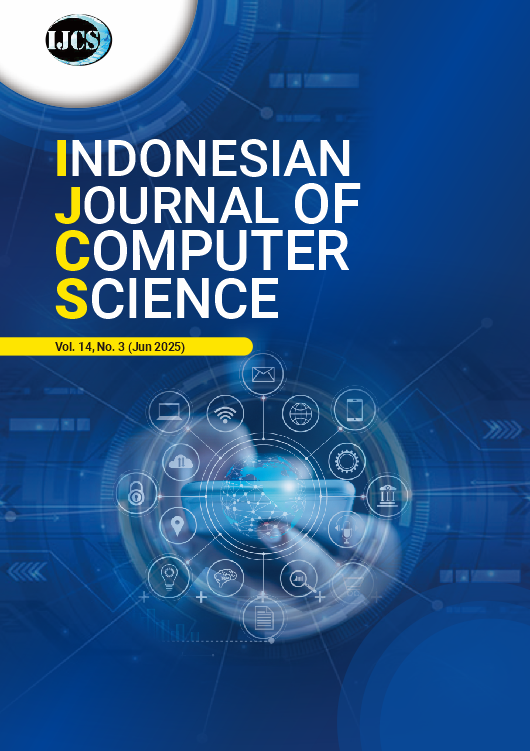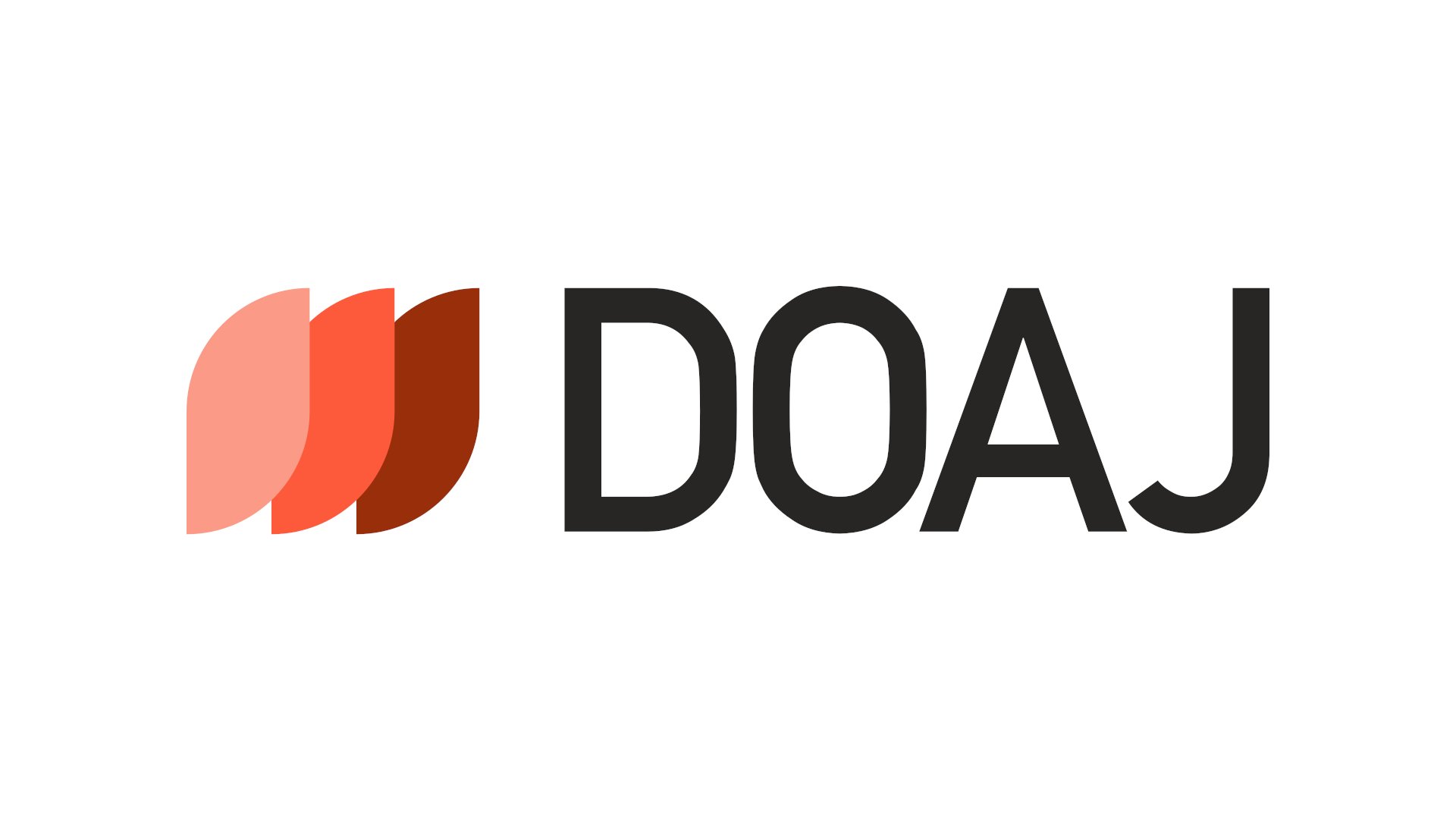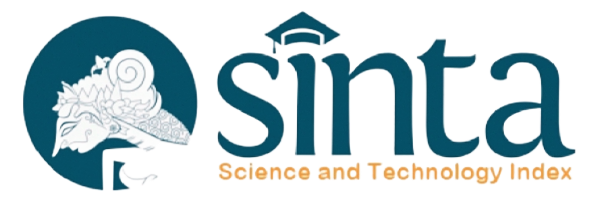A Model to Amplify Transmission Quality of Satellite Television
DOI:
https://doi.org/10.33022/ijcs.v14i3.4861Abstract
One of the various applications of communication satellite technologies is broadcasting satellite television (TV). In TV broadcasting, satellite communication is the easiest way to transmit many services and offers a variety of choices across a varied region, thereby overcoming the need for the complex infrastructure of terrestrial transmitters that a terrestrial network needs to broadcast its signals throughout a wide range area like countries or continents and providing quality digital TV viewing. However, Satellite TV broadcasting has a deficiency of outage effect caused by rain fade that instigate due to bad raining weather which at once will cuts signal transmission from the transmitter satellite to the receiver dish. this study was undertaken to explore the challenges that satellite TV broadcasting faces, which is caused by the rain fade effect. Thereafter, a model to amplify the transmission quality of satellite television is designed. The proposed Gau-satcomm algorithm, ITU-R model, and SAM model had an average BER of 5%, 8%, and 10%, respectively. Additionally, the Gau-Satcomm algorithm, SAM model, and ITU-R model experienced 4%, 9%, and 11% attenuation, respectively. Furthermore, the study compared outage probability across three algorithms at frequencies over 10 GHz, the proposed Gau-satcomm algorithm, the ITU-R algorithm, and the SAM algorithm minimized outages by 10%, 7%, and 5%, respectively. Therefore, the proposed Gau-Satcomm outperforms these traditional algorithms in regard to average BER, a reduced average attenuation, and outage probability.
Downloads
Published
Issue
Section
License
Copyright (c) 2025 Topside Mathonsi

This work is licensed under a Creative Commons Attribution-ShareAlike 4.0 International License.





